The OnePlus 9 is an affordable flagship with an impressive spec sheet that falls within our Premium category of devices priced between $600 – $799. It features a Snapdragon 888 chipset and a 6.55 inch, FHD+ OLED display with 120 Hz refresh rate.
For photography, the OnePlus 9 features a camera configuration with primary module, ultra-wide and monochrome camera. The primary camera uses a 48 MP sensor linked to a 23mm-equivalent f/1.8-aperture lens. The ultra-wide features a 50 MP sensor and 14mm-equivalent, f/2.2-aperture, Freeform lens and a 2 MP monochrome sensor concludes the camera array.
For video, the OnePlus 9 captures up to 8K footage at 30 fps and 4K at 60 fps. Let’s see how the device performed in our DXOMARK Camera tests.
Key camera specifications:
- Primary: Sony IMX689 48 MP 1/1.43″ sensor, 1.12μm, 23 mm-equivalent f/1.8-aperture lens
- Ultra-wide: Sony IMX766 50 MP 1/1.56″ sensor, 14 mm-equivalent f/2.2-aperture freeform lens
- Monochrome: 2 MP sensor
- Dual LED flash
- All pixel omni-directional PDAF+CAF Multi Autofocus
- 4320/30 fps, 2160p/60 fps (tested), 1080p/240 fps, 720p/480 fps video
About DXOMARK Camera tests: For scoring and analysis in our smartphone camera reviews, DXOMARK engineers capture and evaluate over 3000 test images and more than 2.5 hours of video both in controlled lab environments and in natural indoor and outdoor scenes, using the camera’s default settings. This article is designed to highlight the most important results of our testing. For more information about the DXOMARK Camera test protocol, click here. More details on how we score smartphone cameras are available here.
Test summary
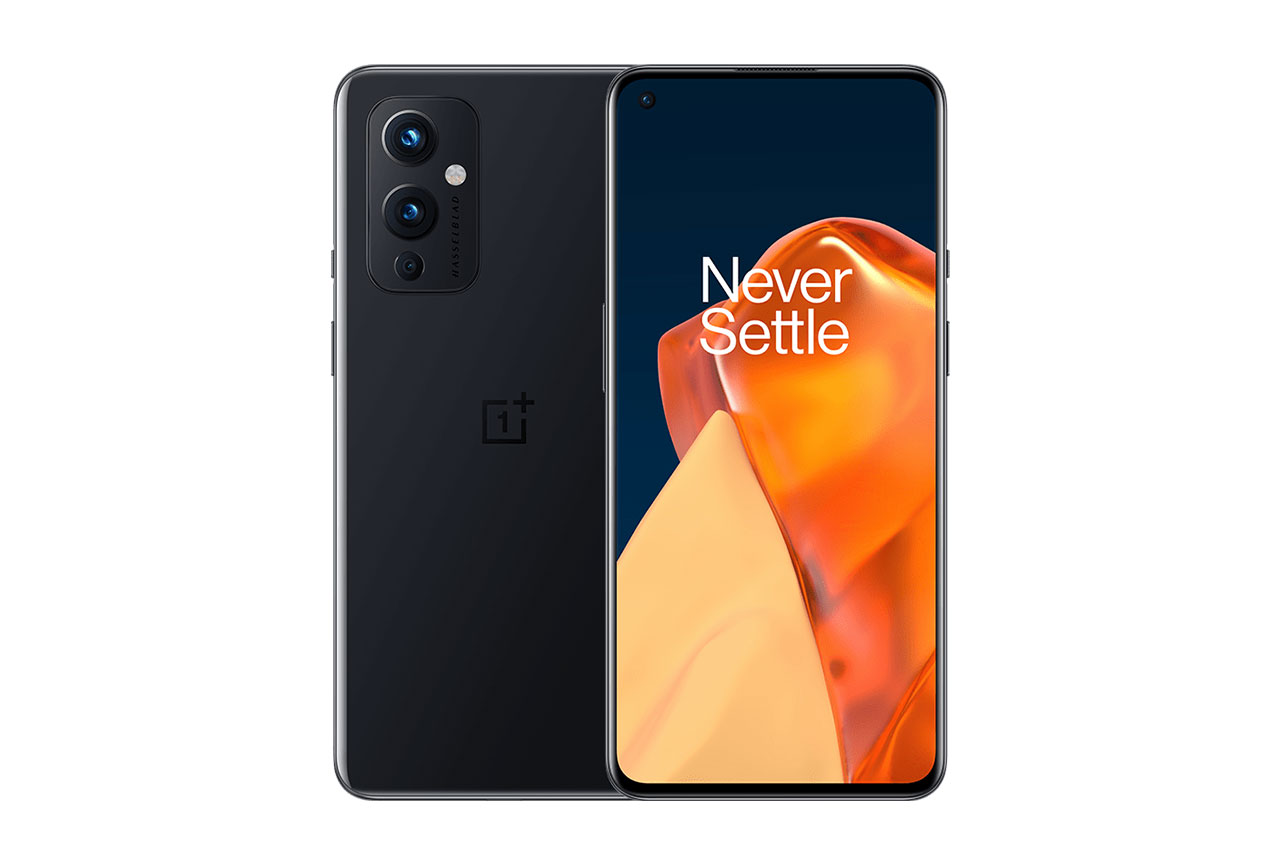
OnePlus 9


Pros
- Accurate target exposure in most photos and videos
- Reliable autofocus for photos
- Neutral and repeatable white balance in outdoor photos
- Well-controlled noise in indoor and outdoor photos
- Nice detail in ultra-wide photos and most videos
- Pleasant color in most videos
- Generally effective video stabilization
Cons
- White balance errors and unnatural skin tones in indoor and low light photos and videos
- Slightly limited dynamic range in high contrast photos
- Visible noise in low light photos and videos
- Low detail in long-range zoom shots
- Underexposed high-contrast ultra-wide photos and low-light videos
- Video autofocus and exposure instabilities
With an overall score of 115, the OnePlus 9 occupies a mid-table position in our Premium ranking. Compared to similarly priced devices, the OnePlus 9 is a little behind pace setters like the Apple iPhone 12 (122), Google Pixel 5 (120) and Xiaomi Mi 11 (120), achieving a score closer to the Samsung Galaxy S21 5G (116) and Oppo Find X3 Neo (115).
For stills, the OnePlus 9 offers similar exposure and color performance to last year’s OnePlus 8 Pro and achieves a respectable Photo score of 123. Target exposure is a strength, but dynamic range isn’t quite on par with the best Premium devices. Although white balance is generally neutral, skin tones are often inaccurate. Texture is acceptable, with only very fine details lost, noise is well-controlled outdoors, and although autofocus is reliable for sharp images, it can be a little slow in challenging light.
In the Zoom department, the OnePlus 9 scores a fairly low 46, which is predominantly due to the lack of a dedicated tele-lens and the resulting low-quality zoom images. The ultra-wide performs well though, with nicely detailed images if you can live with a bit of noise.
Effective stabilization, good detail, as well as generally accurate target exposure and color helped the OnePlus 9 on to a very respectable Video score of 104, too. Video autofocus and white balance can be a little unstable though.
Below you can find a detailed analysis and image samples for all Photo, Zoom, and Video sub-attributes, as well as comparisons with two of the OnePlus 9’s competitors, the Google Pixel 4a and the Xiaomi Mi 11, as well as the more expensive OnePlus 9 Pro.
Photo
The OnePlus 9 achieves a Photo score of 123. In this section, we take a closer look at each sub-attribute and compare image quality against competitors.

Exposure and Contrast
OnePlus 9
93
111
In these tests we analyze target exposure, contrast, and dynamic range, including repeatability across a series of images. Tests are undertaken in a wide range of light conditions, including backlit scenes and low light down to 1 lux. The score is derived from a number of objective measurements in the lab and perceptual analysis of real-life images.
These samples show the OnePlus 9’s exposure performance in a high contrast scene.

Color
OnePlus 9
89
107
In these tests we analyze color rendering, skin tones, white balance, and color shading, including repeatability across a series of images. The score is derived from a number of objective measurements in the lab and perceptual analysis of real-life images.
These samples show the OnePlus 9’s color performance in an outdoor setting.

Autofocus
OnePlus 9
96
109
In these tests we analyze autofocus accuracy and shooting time, including repeatability, in the lab. We test focus failures, depth of field, and tracking of moving subjects using perceptual analysis of real-life images.
This graph shows the OnePlus 9’s autofocus performance in the lab, handheld at a light level of 1000 lux and a brightness range of 7 EV.

Texture
OnePlus 9
93
111
In these tests we analyze texture on faces and objects, including objects in motion, in a range of light conditions, using several lab test setups and perceptual analysis of real-life images.
These samples show the OnePlus 9’s texture performance in outdoor light.

Noise
OnePlus 9
73
102
In these tests we analyze noise on faces and objects, including objects in motion, in a range of light conditions, using several lab test setups and perceptual analysis of real-life images.
This graph shows the OnePlus 9’s noise performance under different lighting conditions in the lab.

Bokeh
OnePlus 9
70
80
For these tests we switch to the camera’s bokeh or portrait mode and analyze depth estimation, bokeh shape, blur gradient, and repeatability, as well as all other general image quality attributes mentioned above. The score is derived from perceptual analysis of real-life images.
These samples show the OnePlus 9’s bokeh simulation indoors.

Night
OnePlus 9
47
82
In these tests we shoot a selection of images in pitch-black darkness as well as with city lights in the background providing some illumination. We shoot sample images with the camera at default settings in both flash-auto and flash-off modes. We analyze all image quality attributes but we pay particular attention to exposure, autofocus, and color. We do not test night modes that have to be activated manually.
These samples show the OnePlus 9’s night performance in auto-flash mode.

Artifacts
OnePlus 9
67
77
In these tests we check images for optical artifacts such as vignetting, flare, lens softness in the corner, distortion, and chromatic aberrations, as well as for processing artifacts such as ghosting and fusion errors, hue shift, and ringing.
This sample shows fusion artifacts in a high-contrast image.

Preview
OnePlus 9
53
80
In these tests we analyze the image quality of the preview image and the differences between preview images and captured images, particularly in terms of exposure, dynamic range, and bokeh effect. We also check the smoothness of the field-of-view changes on the preview image when zooming with both buttons or when using the pinch-zoom gesture.
This graph shows the OnePlus 9’s difference between face exposure in preview compared to capture.
Zoom
The OnePlus 9 achieves a Zoom score of 46. The Zoom score includes the tele and wide sub-scores. In this section, we take a closer look at how these sub-scores were achieved and compare zoom image quality against the competitors.

Wide
OnePlus 9
44
58
In these tests we analyze the performance of the ultra-wide camera at several focal lengths from 12 to 20 mm. We look at all image quality attributes, but we pay particular attention to such artifacts as chromatic aberrations, lens softness, and distortion.
These samples show the performance of the OnePlus 9’s ultra-wide camera in indoor conditions.

Tele
OnePlus 9
47
140
In these tests we analyze all image quality attributes at focal lengths from approximately 40 to 300 mm, paying particular attention to texture and detail. The score is derived from a number of objective measurements in the lab and perceptual analysis of real-life images.
These samples show the OnePlus 9’s tele performance in the lab at 1000 lux and using a long zoom setting.

Video
In our Video tests we analyze the same image quality attributes as for still images, such as exposure, color, texture or noise, but we also include such temporal aspects as speed, and smoothness and stability of exposure, white balance and autofocus transitions.
NOTE: The sample video clips in this section are best viewed at 4K resolution.
The OnePlus 9 achieves a Video score of 104. A device’s overall Video score is derived from its performance and results across a range of attributes in the same way as the Photo score. In this section, we take a closer look at these sub-scores and compare video image quality against competitors.

Exposure and Contrast
OnePlus 9
91
118
This graph shows the OnePlus 9’s video target exposure measurements in the lab under different lighting conditions.

Color
OnePlus 9
90
107
These sample clips show the OnePlus 9’s video color outdoors.

Autofocus
OnePlus 9
77
109
These sample clips show the OnePlus 9’s video autofocus tracking performance in the lab under 1000 lux lighting conditions.

Texture
OnePlus 9
82
99
This graph shows the OnePlus 9’s video texture measurements in the lab.

Noise
OnePlus 9
93
105
This clip shows the OnePlus 9’s video noise performance in an indoor scene.

Artifacts
OnePlus 9
75
85
For video artifacts, we check for the same kinds of artifacts mentioned in the Photo section, along with such video-specific artifacts as frame rate variation in different light conditions, judder effect, and moving artifacts (artifacts such as aliasing, color quantization, and flare can often be more intrusive when moving than in a still image).
This video still shows color quantization and judder effect artifacts are sometimes visible in videos.

Stabilization
OnePlus 9
99
103
In these tests we analyze residual motion when handholding the camera during recording, as well as when walking and running with the camera. We also look for stabilization artifacts such as jello effect, sharpness differences between frames, and frame shift (abrupt changes of framing).
These sample clips shows the OnePlus 9’s video stabilization in outdoor conditions.


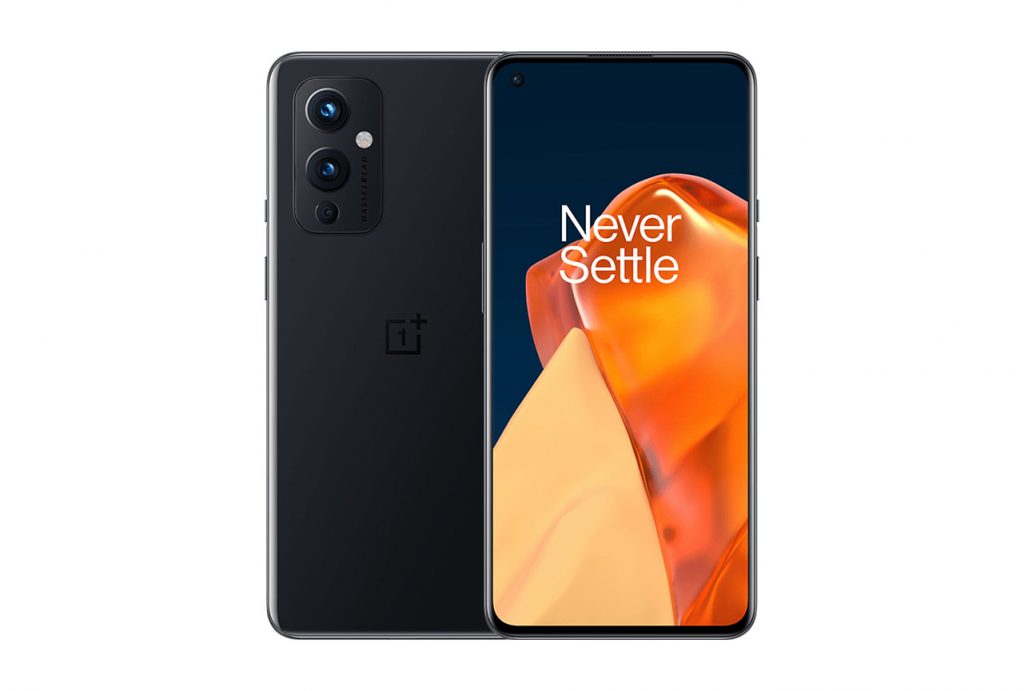




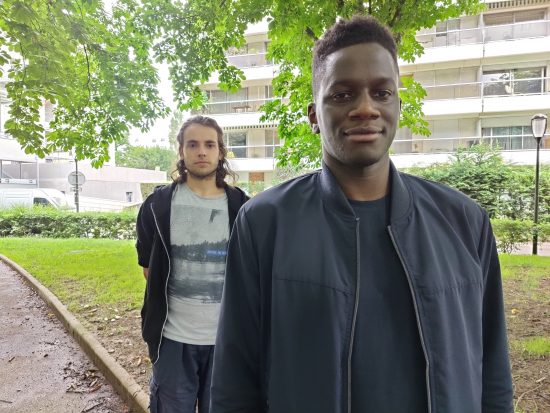
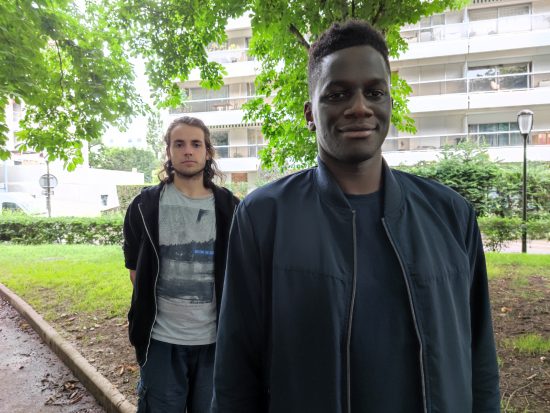
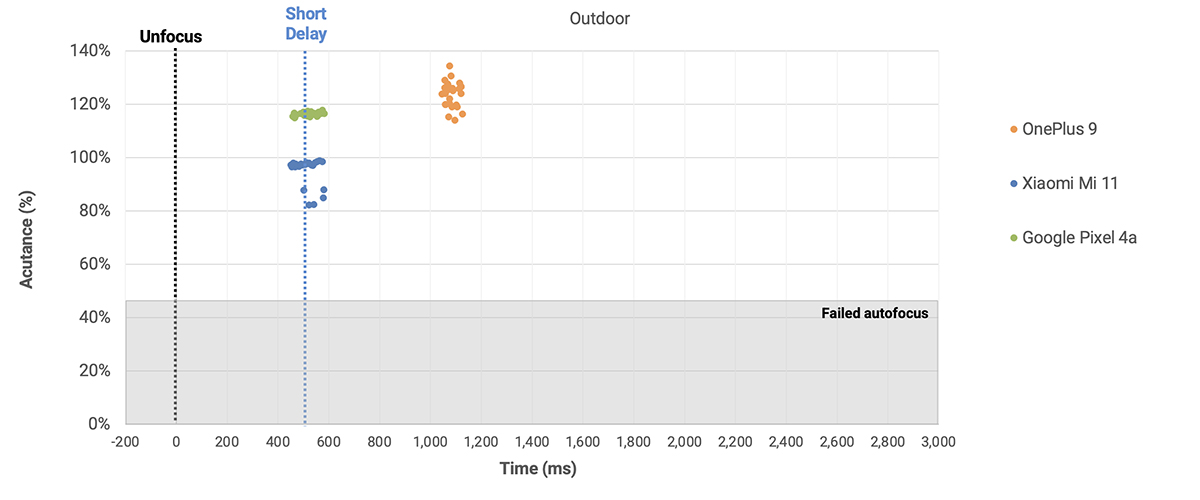

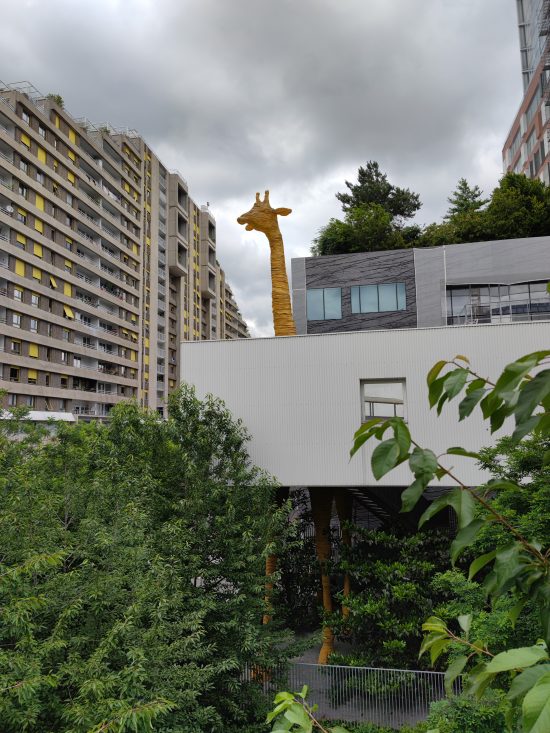
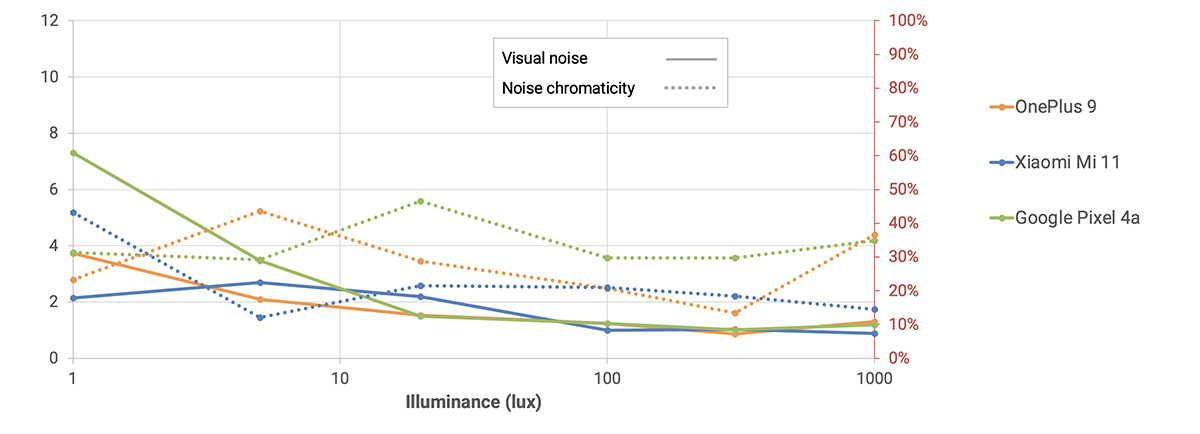





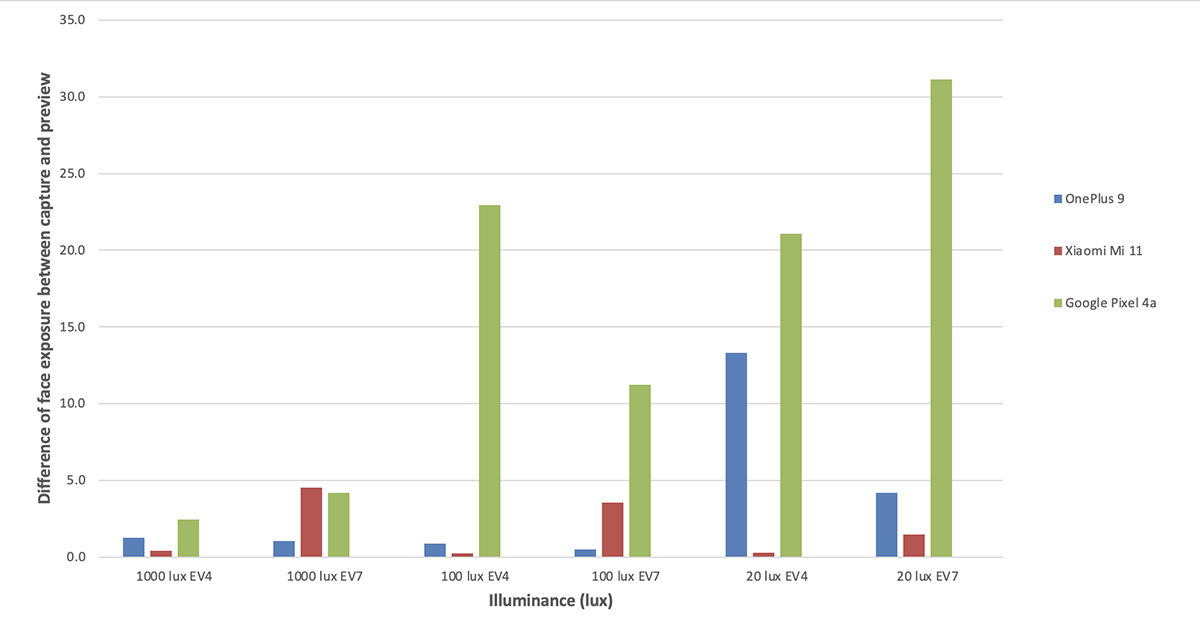


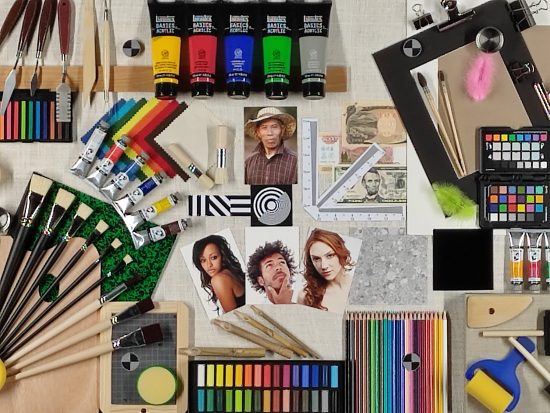
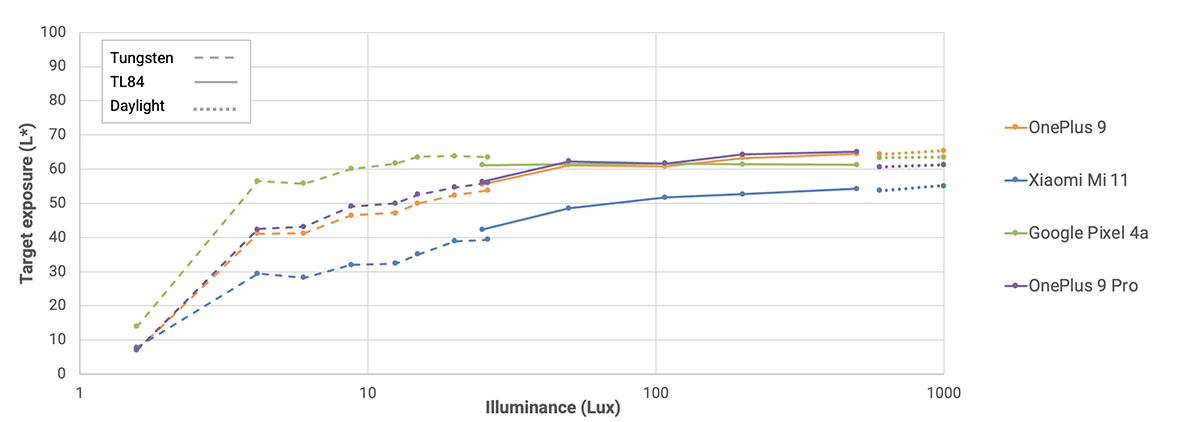
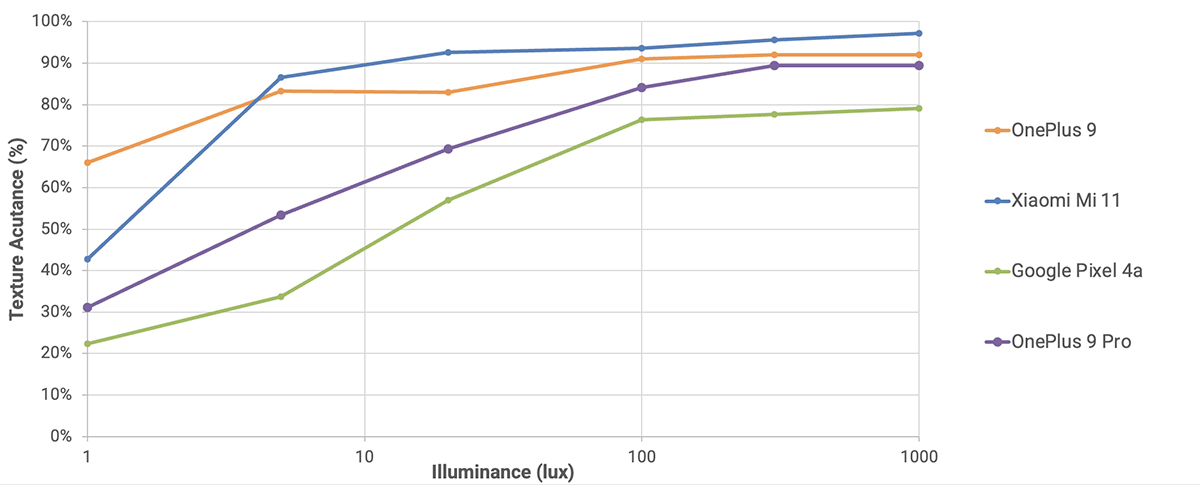
DXOMARK encourages its readers to share comments on the articles. To read or post comments, Disqus cookies are required. Change your Cookies Preferences and read more about our Comment Policy.